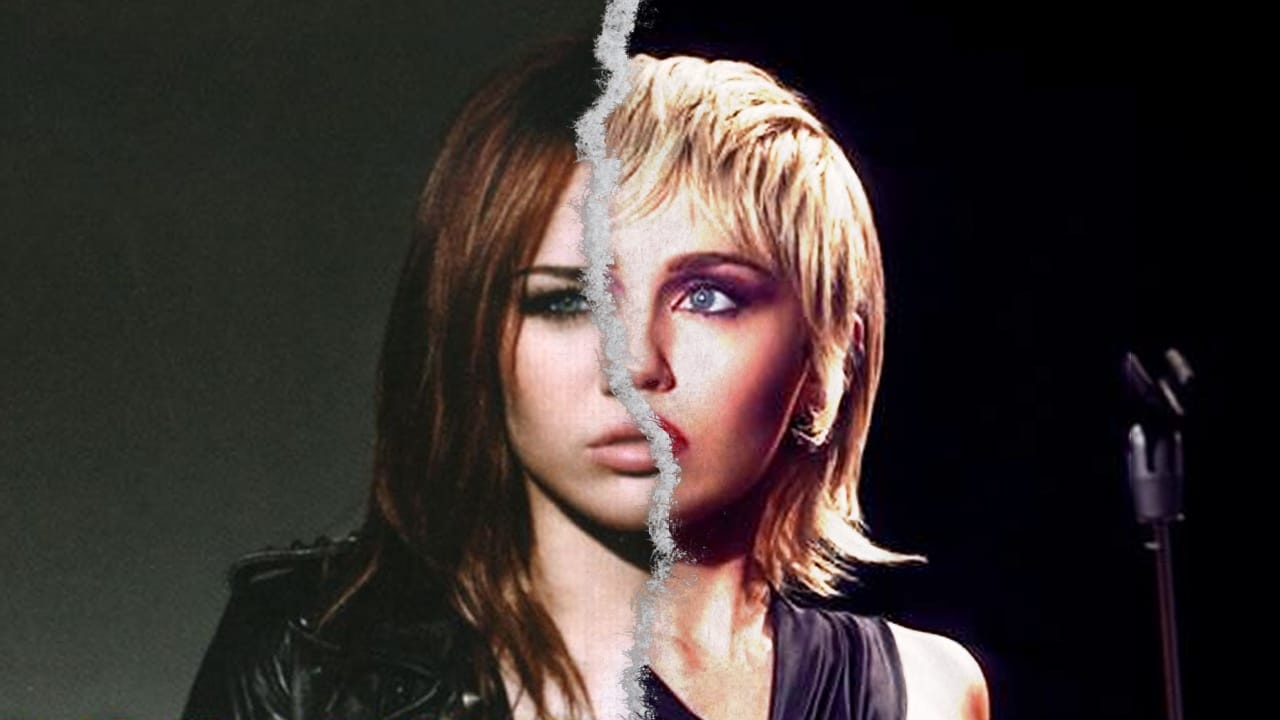
When you’re an artist with an established genre and look, it can be difficult to make a change. As people, that’s something we’re generally pretty adverse to, especially when it’s our favorite musician who is doing the changing. Many artists have changed their name, look, or genre throughout the years, but some have been far more successful and well-accepted by their audience than others. So what marks the difference between a smooth transition and a failed one?
Jojo Siwa
Former Dance Moms star Jojo Siwa’s recent rebrand has made waves online, and not for all the right reasons. Not long after being accused of mistreating a young girl competing on her show “Siwa’s Dance Pop Revolution”, Siwa has released “Karma“, a song in which she attempts to cultivate an edgier, more grown-up version of herself. She’s appeared at events wearing a black skintight outfit and bold makeup to match, though the glitter and rhinestones of her bow-studded, colorful previous aesthetic remain. This campaign to create a more adult image has met with criticism, such as her assertion that she has invented a new genre called “gay pop”, which raised some eyebrows considering the long legacy of queer artists such as Pet Shop Boys and Lady Gaga among many others. Despite claiming in a New York Times interview that she is the first child star to go “from not a character to still not a character,” to many her new persona seems over-the-top in a forced way.
Upon discovering that Siwa’s new song was not an original, but first written and performed by Brit Smith, listeners streamed Smith’s version until it surpassed Siwa’s on the charts. That’s not exactly a supportive stance. However, though she’s made claims to the contrary, Siwa is far from the first artist to try to change the public’s perception of her, and far from the first to be disparaged for it. Only time can truly tell if her rebrand will eventually be accepted, or whether it will even be permanent.
Miley Cyrus
An artist who exemplifies the transition between squeaky-clean child star and adult celebrity is Miley Cyrus. Starting out as the title character on Hannah Montana, Cyrus chopped off her hair in 2013 and released her album Bangerz, as well as engaging in several controversial stunts, to prove to the world she was all grown up and no longer under Disney’s thumb. That being said, her sense of rebellion didn’t emerge out of nowhere. In 2008, at age 15, she took part in a nude photoshoot for Vanity Fair that brought on criticism and a public statement from Disney. Her 2010 album, aptly titled Can’t Be Tamed, is full of hints at her desire to be seen differently – the song “Robot” expresses a yearning for freedom and independence, without “somebody else operating” her. Cyrus’ transformation wasn’t overnight, and therefore it seems more authentic. Though she certainly faced her fair share of scrutiny and hate, she has continued to be a successful recording artist, most recently winning a Grammy for her 2023 hit “Flowers“.
Garth Brooks
Not all musicians have that same luck, though. When country singer and songwriter Garth Brooks developed a soulpatch-wearing Australian alter ego named Chris Gaines and released a rock album confusingly titled Garth Brooks in…the Life of Chris Gaines, fans were understandably puzzled. The character was originally intended for a movie called The Lamb which was never completed, though Brooks did release a mockumentary about Gaines. Without the movie or much other context, Gaines’ attempt to explore a departure from his usual music genre came off as a bizarre identity crisis. Though the album charted at No. 2 on the Billboard 200, it received middling reviews and sales were underwhelming. In Brooks’ case, the unclear promotion and strange execution thwarted his endeavor to rebrand – or rather, build a second brand – more than the music itself.
David Bowie
Pulling off multiple rebrands and retaining a loyal following is no easy task, but it is certainly possible. David Bowie, for example, stopped going by David Jones at 18 to avoid confusion with The Monkees’ lead singer. Throughout his career, he changed his personal and musical style many times, from the folk rock tinges on his sophomore album David Bowie to the rock opera Ziggy Stardust and the glamorous accompanying character Bowie played, to the clown figure of “Pierrot” that Bowie embodies on the cover of Scary Monsters (And Super Creeps). In each period of his artistic journey, Bowie subverted expectations and explored new possibilities, making him a fascinating and relevant artist all his life.
Taylor Swift
In a very different musical vein, but with a similar trajectory, is Taylor Swift, who has capitalized off of her “eras” that span different genres, aesthetics, and themes by embracing them with the record-breaking Eras Tour. Swift does not treat her past albums and personas as something she’s left behind, but acknowledges them as a part of who she is, allowing fans to identify more with certain eras and choose their favorites.
All rebrands are not created equal. Rebranding successfully requires striking a delicate balance between the true goals of the artist and what their audience will appreciate most. Keeping the listening experience interesting and fresh, while also making it clear what the rebrand means for their career, is a key part of pulling off a change. It seems that the most important factor in whether an artist’s rebrand is widely accepted, however, is a genuine desire to expand horizons and try out the new genres, looks, or identities that they are truly interested in, rather than rebranding for its own sake or purely for attention. After all, as Peter Frampton once said, “I’ve never stopped making new music, and whether the audience wants to hear it or not, I’m going to play it. Because I’m an artist, and I create, and I’ve got new stuff.”
Source






